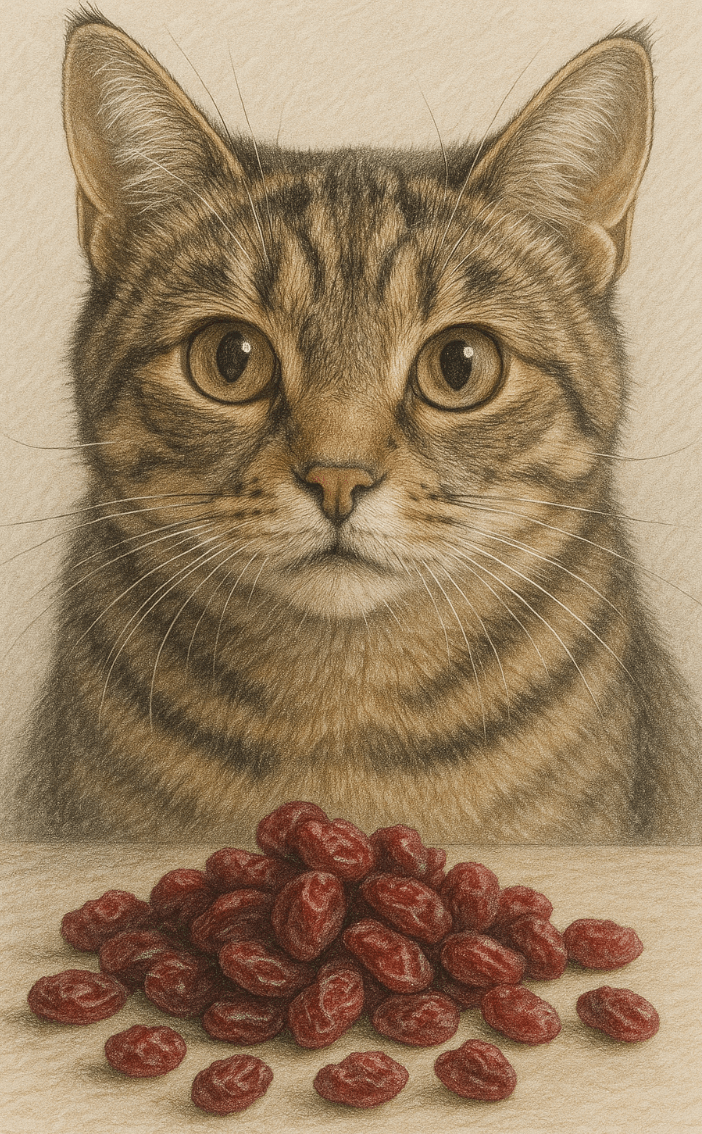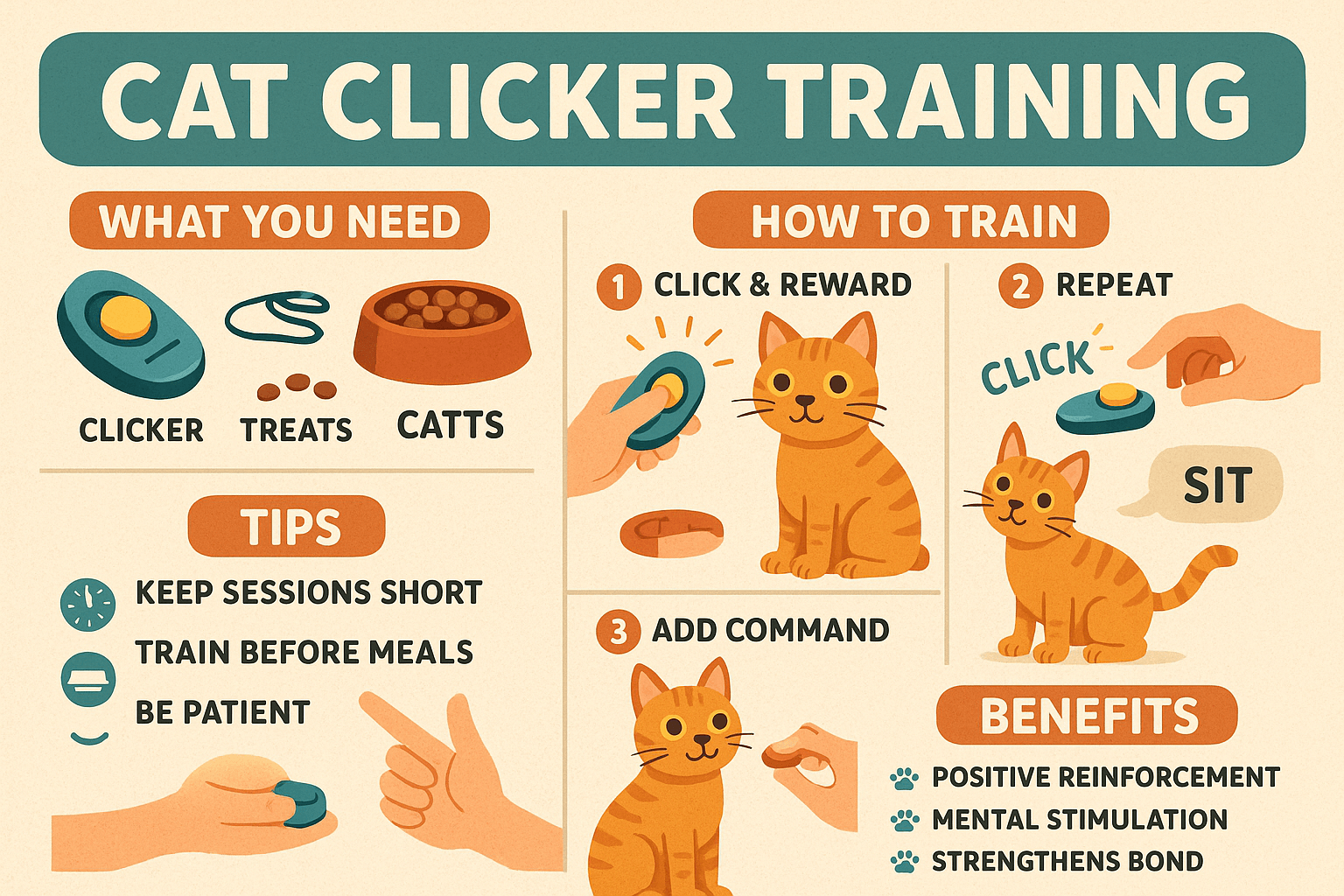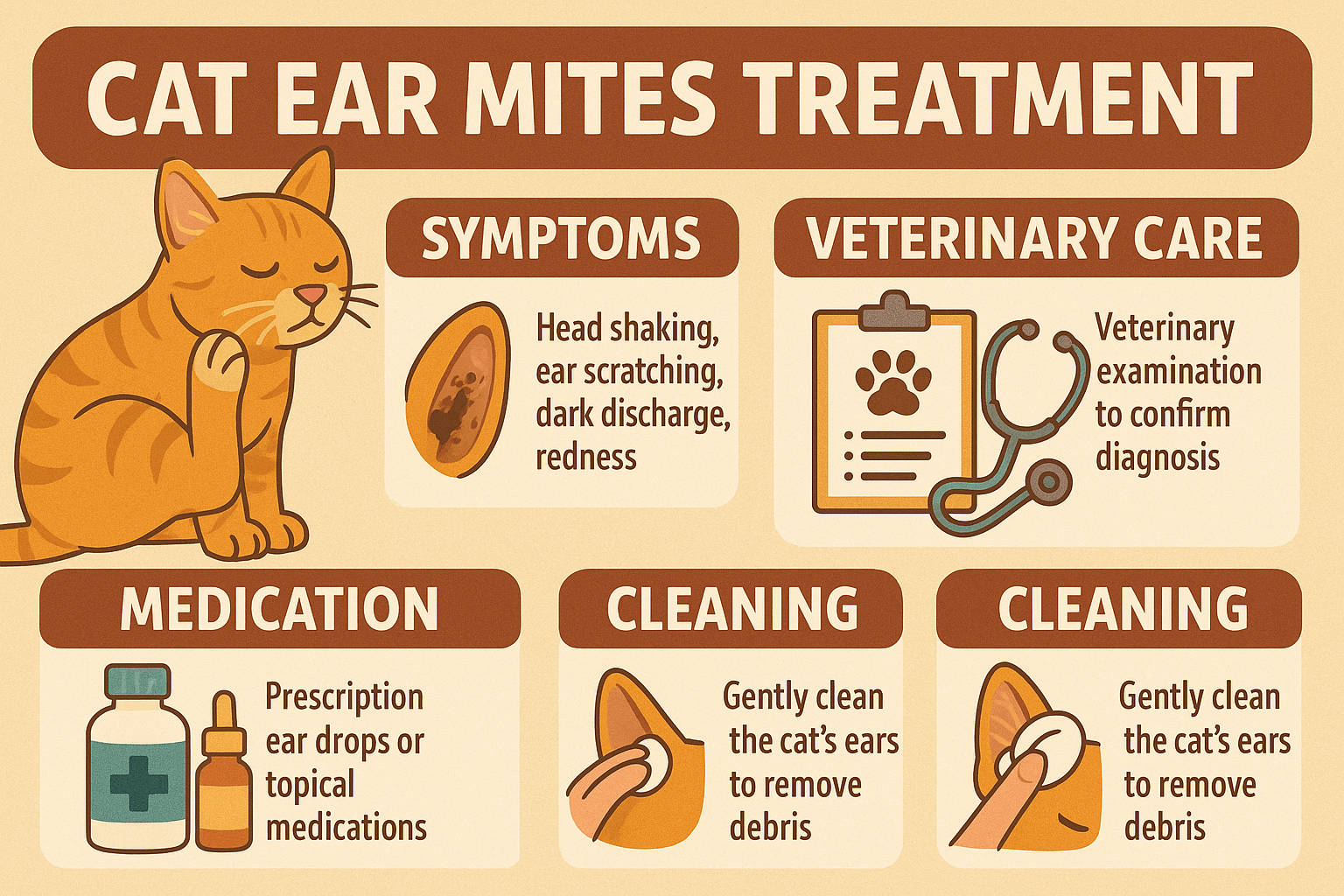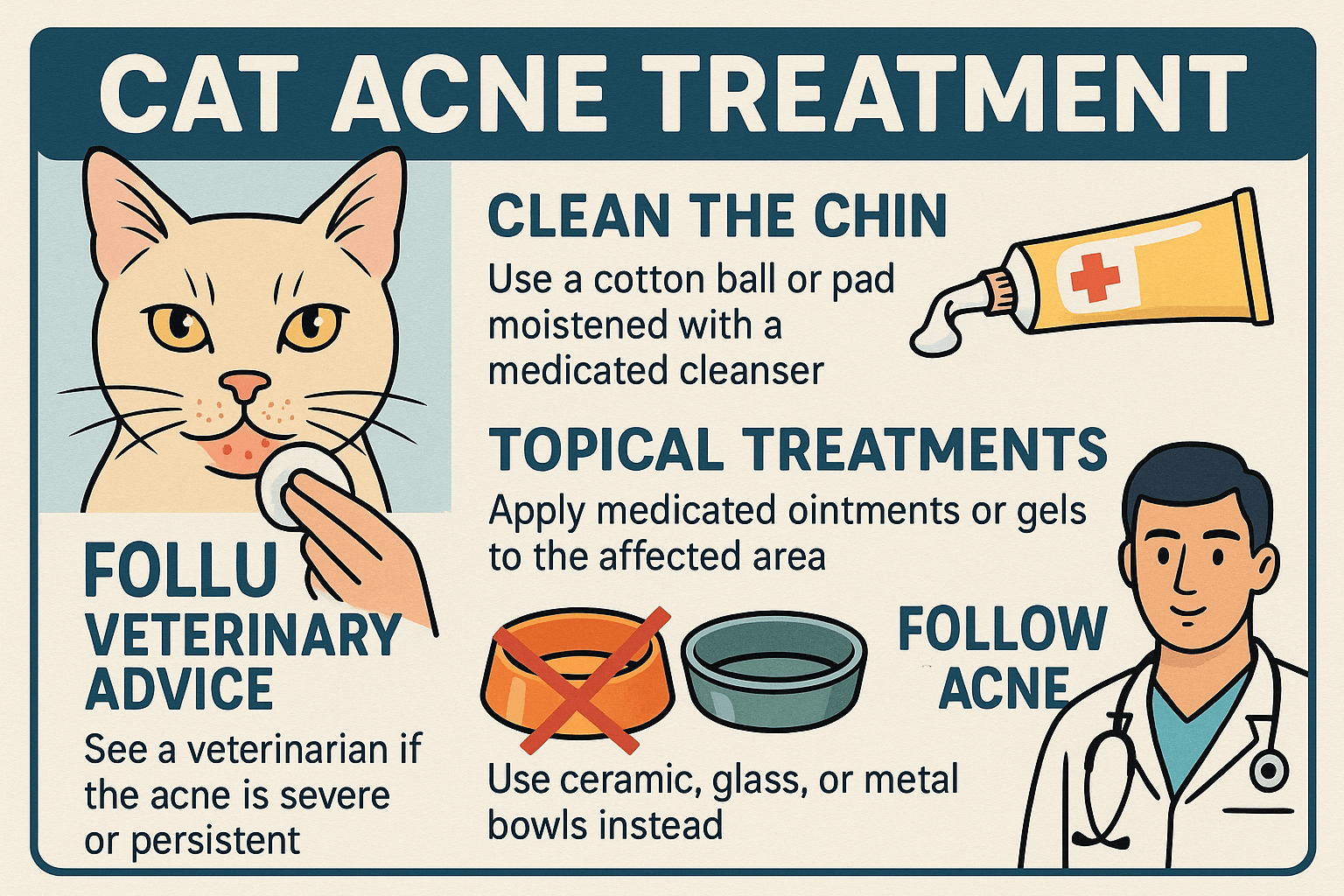Can Cats Eat Craisins?
As a cat owner, you’ve likely wondered whether certain human foods are safe to share with your feline friend. One such food is craisins—dried cranberries often enjoyed as a sweet and tangy snack. While they may seem harmless, it’s important to consider whether craisins are suitable for cats. Cats have unique dietary needs and sensitivities, and what’s safe for humans isn’t always safe for them. In this blog post, we’ll explore whether cats can eat craisins, the potential risks and benefits, and how to keep your furry companion healthy while satisfying their curiosity about human foods.
Potential Risks of Feeding Craisins to Cats
While craisins might seem like a harmless treat, they pose several risks to cats that every pet owner should be aware of. Understanding these dangers can help you make informed decisions about your cat’s diet.
High Sugar Content:
Craisins are loaded with sugar, which can lead to obesity, diabetes, and dental issues in cats over time.Risk of Kidney Damage:
Cranberries, including dried varieties, contain compounds that may stress a cat’s kidneys if consumed in large quantities.Choking Hazard:
The small, chewy texture of craisins can pose a choking risk, especially for cats prone to gulping their food.Digestive Upset:
Cats lack the enzymes needed to process many plant-based foods, leading to vomiting, diarrhea, or stomach discomfort.Potential Allergic Reactions:
Some cats may develop allergic reactions, such as itching or swelling, after consuming unfamiliar foods like craisins.
These risks highlight why caution is essential when considering feeding craisins—or any human snacks—to your cat.
Why Cats Should Avoid Human Snacks Like Craisins
Cats are obligate carnivores, meaning their bodies are designed to thrive on a meat-based diet. Feeding them human snacks like craisins can disrupt their nutritional balance and harm their health.
Lack of Nutritional Value:
Craisins offer no significant nutritional benefits for cats and can fill them up without providing essential nutrients.Additives and Preservatives:
Many dried fruits contain artificial additives or preservatives that can be toxic to cats.Difficulty Digesting Plant-Based Foods:
Cats’ digestive systems are not equipped to break down plant matter efficiently, making snacks like craisins hard to process.Risk of Dependency on Treats:
Offering human snacks can encourage picky eating habits, leading cats to reject their regular food.Better Alternatives Exist:
There are safer, cat-friendly treats specifically formulated to meet their dietary needs.
Understanding these reasons reinforces the importance of sticking to species-appropriate foods for your cat.
Check this guide 👉Can Cats Eat Goji Berries? Best 7 Expert Tips!
Check this guide 👉Can Cats Eat Eel? Best 7 Expert Tips!
Check this guide 👉Can Cats Eat Styrofoam? Best 7 Expert Tips!
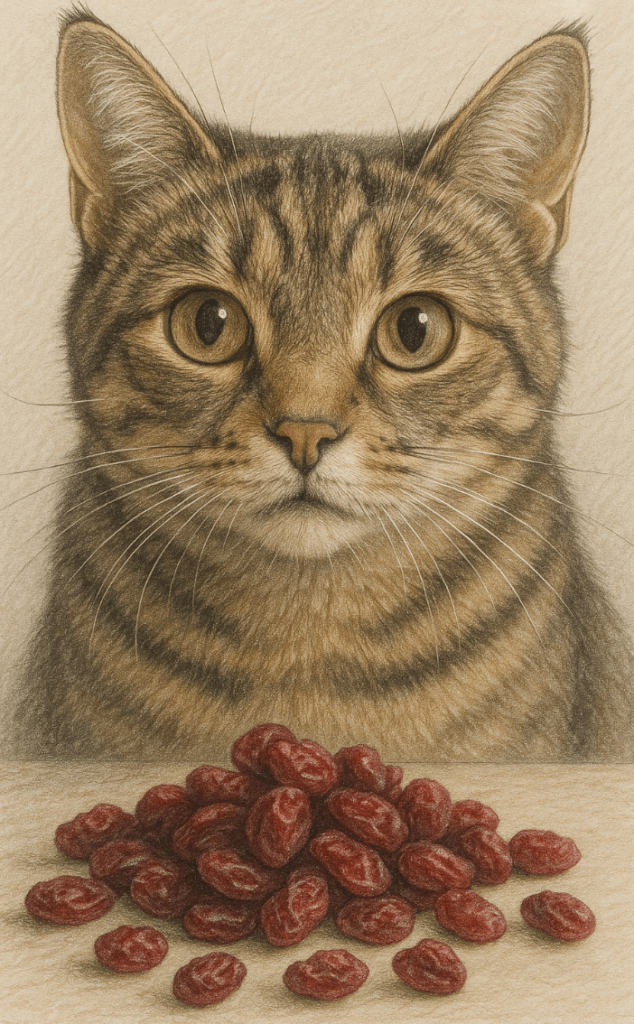
Safe Treats for Cats | Unsafe Foods for Cats |
|---|---|
Cooked chicken (plain) | Raisins and grapes |
Small pieces of salmon | Chocolate |
Catnip-infused toys | Onions and garlic |
Freeze-dried liver treats | Alcohol |
Plain pumpkin puree (in moderation) | Xylitol (artificial sweetener) |
Signs Your Cat May Have Eaten Something Harmful
If your cat accidentally consumes craisins or other unsafe foods, it’s crucial to recognize the warning signs early. Quick action can prevent further complications.
Vomiting or Diarrhea:
These are common symptoms of digestive upset caused by inappropriate foods.Lethargy or Weakness:
A sudden lack of energy may indicate poisoning or organ stress.Loss of Appetite:
Refusal to eat can signal gastrointestinal discomfort or toxicity.Excessive Thirst or Urination:
Increased water consumption may point to kidney issues or dehydration.Difficulty Breathing:
Labored breathing could indicate an allergic reaction or severe toxicity.
If you notice any of these signs, contact your veterinarian immediately to ensure your cat receives prompt care.
How to Safely Introduce New Foods to Your Cat
While craisins aren’t safe, there are ways to safely introduce new foods to your cat’s diet. Follow these guidelines to avoid accidents and ensure their well-being.
Consult Your Veterinarian First:
Always seek professional advice before offering any new food to your cat.Start with Small Amounts:
Introduce tiny portions to monitor how your cat reacts before giving more.Choose Species-Appropriate Options:
Stick to foods specifically designed for cats or those known to be safe.Avoid Processed Foods:
Steer clear of processed snacks, as they often contain harmful additives.Monitor for Adverse Reactions:
Watch for changes in behavior, appetite, or digestion after introducing new foods.
By following these steps, you can minimize risks while exploring new options for your cat’s diet.
Common Mistakes to Avoid When Feeding Cats
Feeding your cat requires careful consideration to avoid mistakes that could harm their health. Here are some pitfalls to watch out for.
Assuming Human Foods Are Safe:
Many human foods, including craisins, are unsuitable for cats and can cause adverse reactions.Overfeeding Treats:
Too many treats can unbalance your cat’s diet and lead to weight gain or nutritional deficiencies.Ignoring Portion Sizes:
Even safe foods can become harmful if given in excessive amounts.Neglecting Hydration Needs:
Cats often don’t drink enough water, so wet food or water-rich snacks can help maintain hydration.Skipping Veterinary Advice:
Always consult your vet before introducing new foods to prevent accidental harm.
Avoiding these mistakes ensures a healthier and happier life for your cat.
Healthier Alternatives to Craisins for Cats
If you’re looking for safe and nutritious treats to spoil your cat, consider these healthier alternatives instead of risky snacks like craisins.
Cooked Chicken or Turkey:
Plain, boneless, and skinless poultry is a protein-rich option that cats love.Pumpkin Puree (Plain):
A small amount of pumpkin can aid digestion and provide fiber without added sugars.Freeze-Dried Meat Treats:
These mimic the texture and taste of raw meat while being convenient and safe.Cat Grass:
Some cats enjoy nibbling on cat grass, which can aid digestion and satisfy grazing instincts.Homemade Fish Treats:
Small pieces of cooked salmon or tuna (without seasoning) make excellent occasional treats.
These alternatives cater to your cat’s natural preferences while prioritizing their health.
Understanding Your Cat’s Natural Diet Preferences
Cats are naturally drawn to foods that align with their evolutionary instincts as hunters. Understanding their preferences helps explain why snacks like craisins don’t appeal to them nutritionally.
Carnivorous Instincts:
Cats are obligate carnivores, meaning their bodies thrive on animal-based proteins rather than plant-based foods.Preference for Strong Smells:
Cats are attracted to foods with strong, meaty aromas, unlike bland or overly sweet snacks.Limited Taste Buds:
Cats have fewer taste buds than humans, making them less interested in complex flavors like those found in craisins.Hydration Through Food:
In the wild, cats obtain moisture from prey, so wet foods often appeal more than dry snacks.Curiosity vs. Need:
While cats may show interest in human foods, it doesn’t mean those foods meet their dietary requirements.
By recognizing these instincts, you can better tailor your cat’s diet to suit their needs.
Frequently Asked Questions About Cats and Craisins
Are dried cranberries safe for cats?
No, dried cranberries, including craisins, are not recommended due to their high sugar content and potential digestive issues.
What happens if my cat eats a craisin?
A single craisin is unlikely to cause harm, but monitor your cat for vomiting, diarrhea, or other signs of distress.
Can cats eat fresh cranberries?
While fresh cranberries are less sugary than craisins, they still offer no nutritional value to cats and may upset their stomachs.
Can cats eat fresh cranberries?
Safe options include plain cooked chicken, small amounts of salmon, or specially formulated cat treats.
What should I do if my cat ate something toxic?
Contact your veterinarian or an animal poison control hotline immediately for guidance.
Prioritizing Your Cat’s Health Over Curiosity
While it’s tempting to share human snacks like craisins with your cat, their health and safety must always come first. Cats have specific dietary needs that differ significantly from ours, and feeding them inappropriate foods can lead to serious consequences. By understanding the risks associated with craisins and opting for safer alternatives, you can ensure your cat stays happy, healthy, and thriving. Remember, a balanced diet tailored to their needs is the best way to show your love and care for your feline companion.
Cat Clicker Training: Best 7 Expert Tips! Discover how to train your cat using clicker techniques, improve behavior, and strengthen your bond with simple, effective strategies.
Lorem ipsum dolor sit amet, consectetur adipiscing elit. Ut elit tellus, luctus nec ullamcorper mattis, pulvinar dapibus leo.
Cat Ear Mites Treatment: Best 7 Expert Tips! Discover effective solutions to treat and prevent ear mites in cats, ensuring your pet's comfort and health with expert advice.
Cat Acne Treatment: Best 7 Expert Tips! Discover effective remedies, prevention strategies, and expert advice to treat and manage feline acne for a healthier, happier cat.

